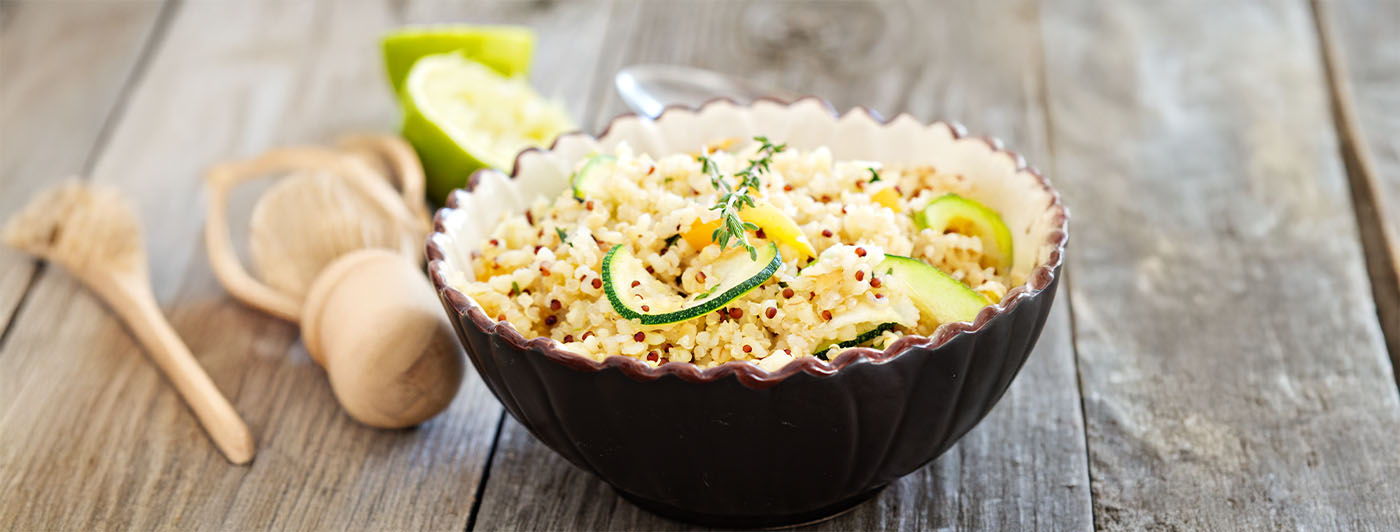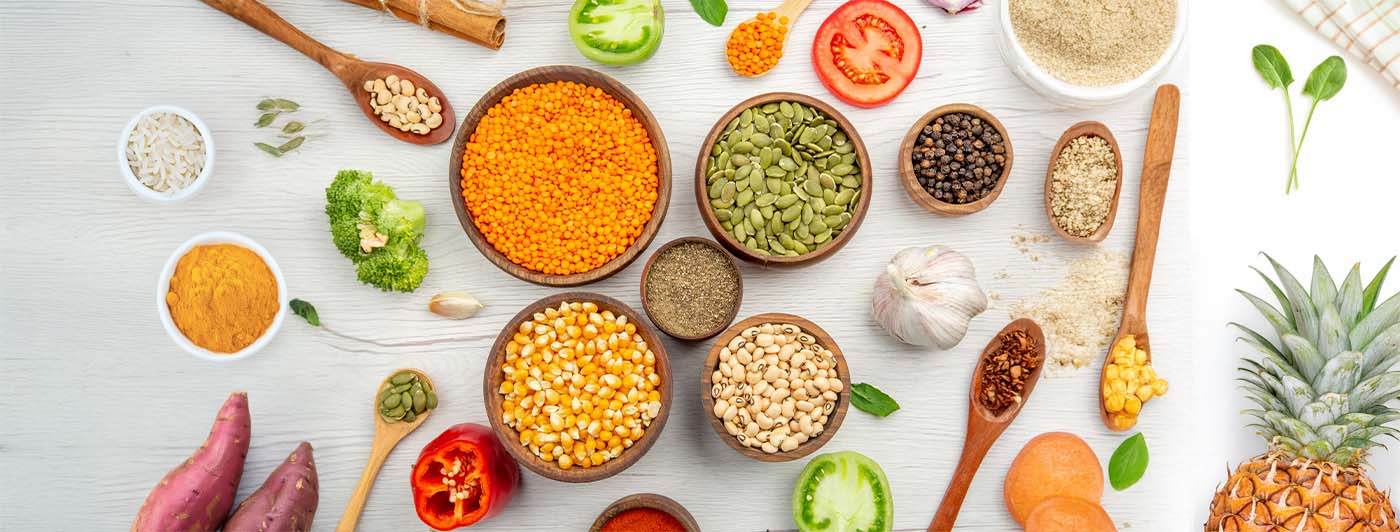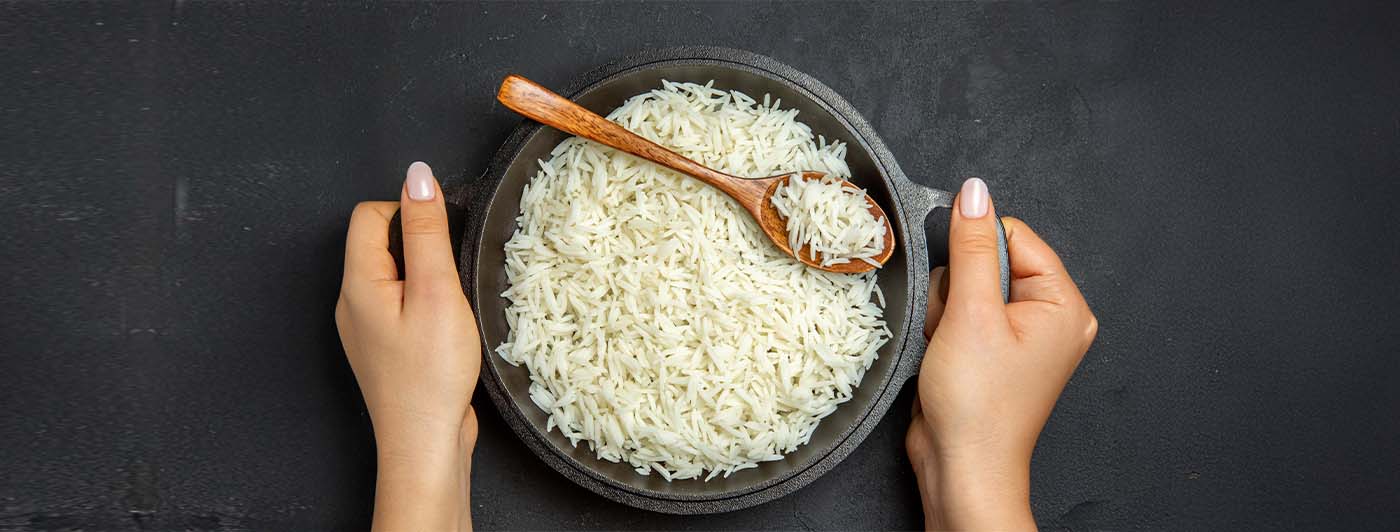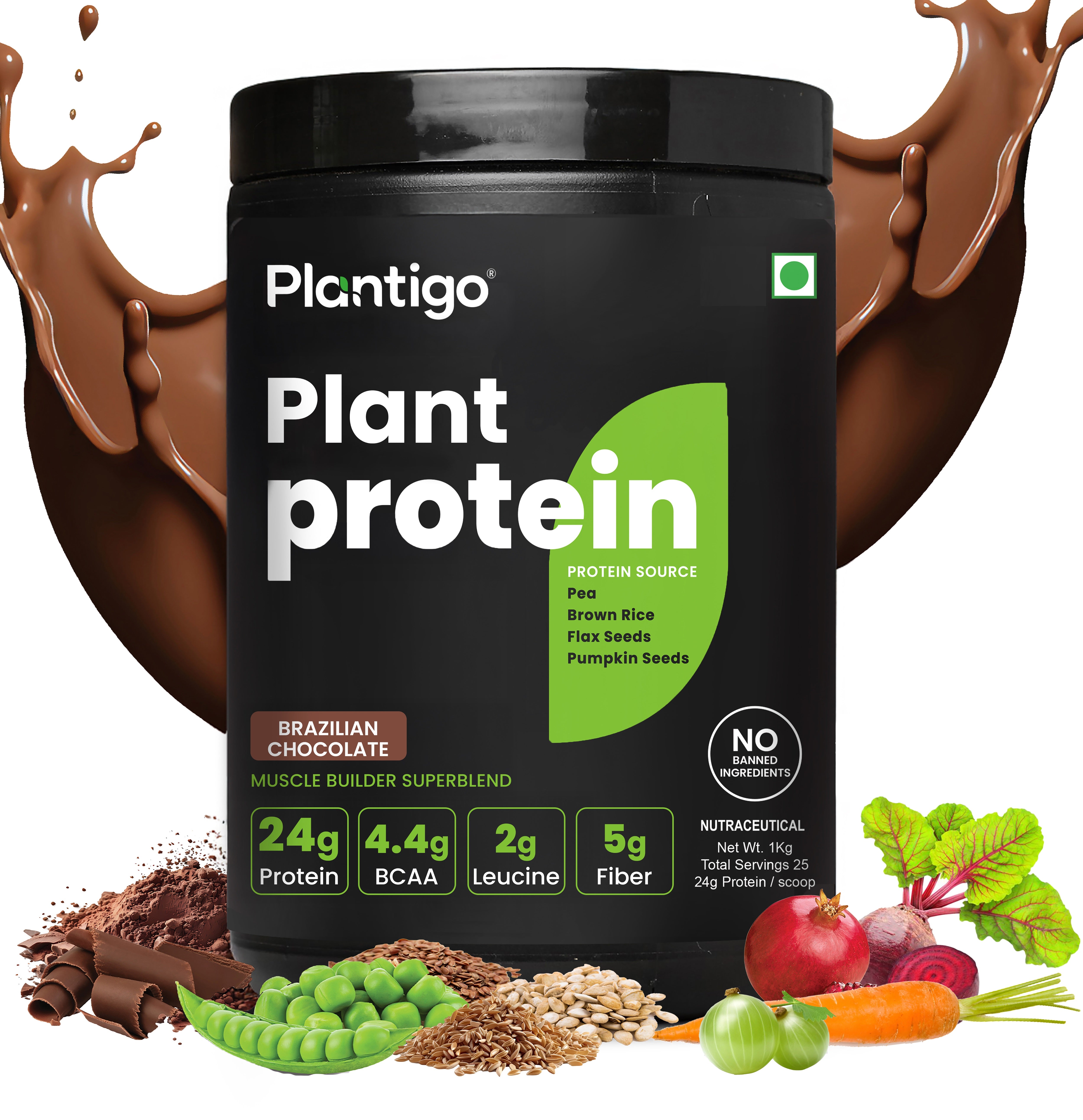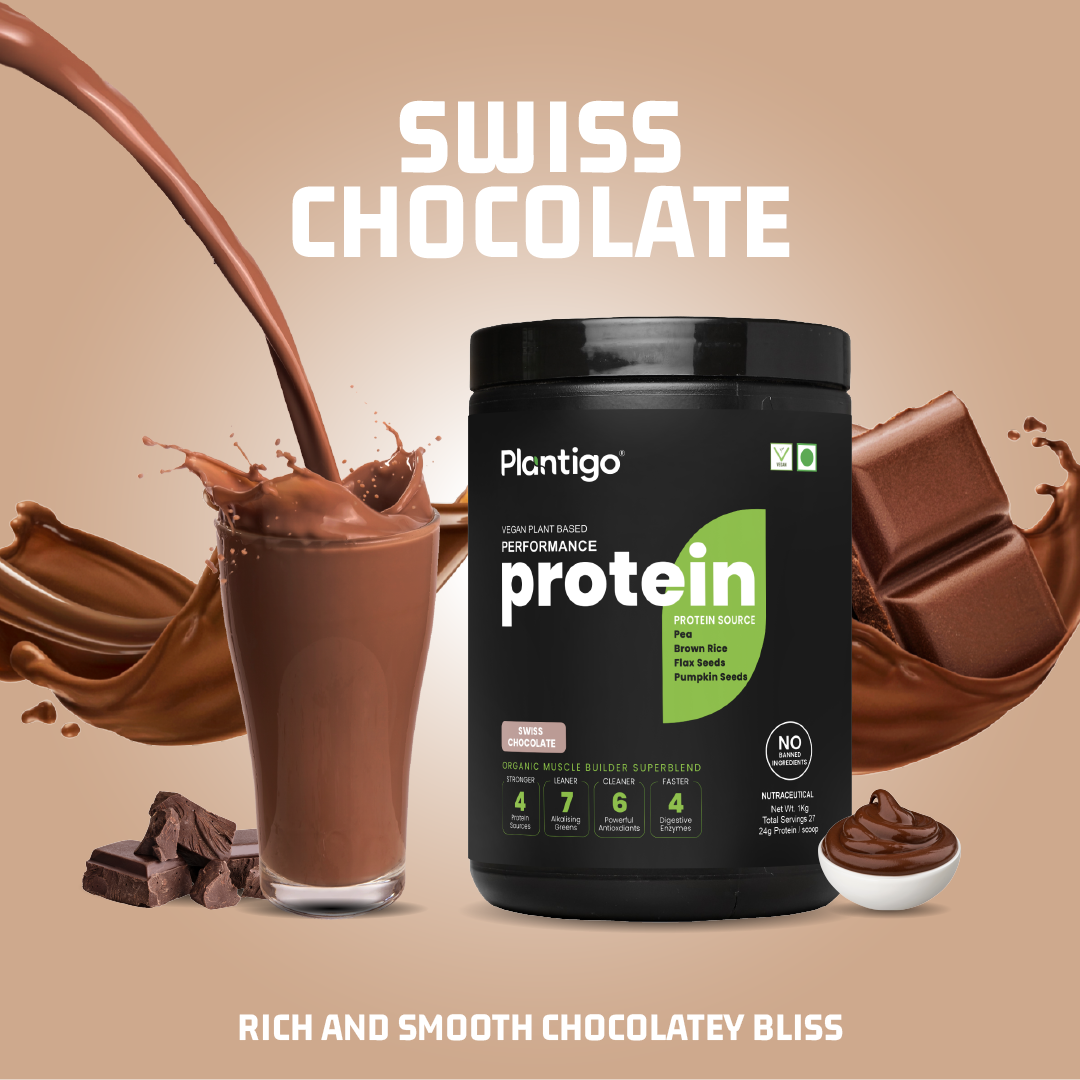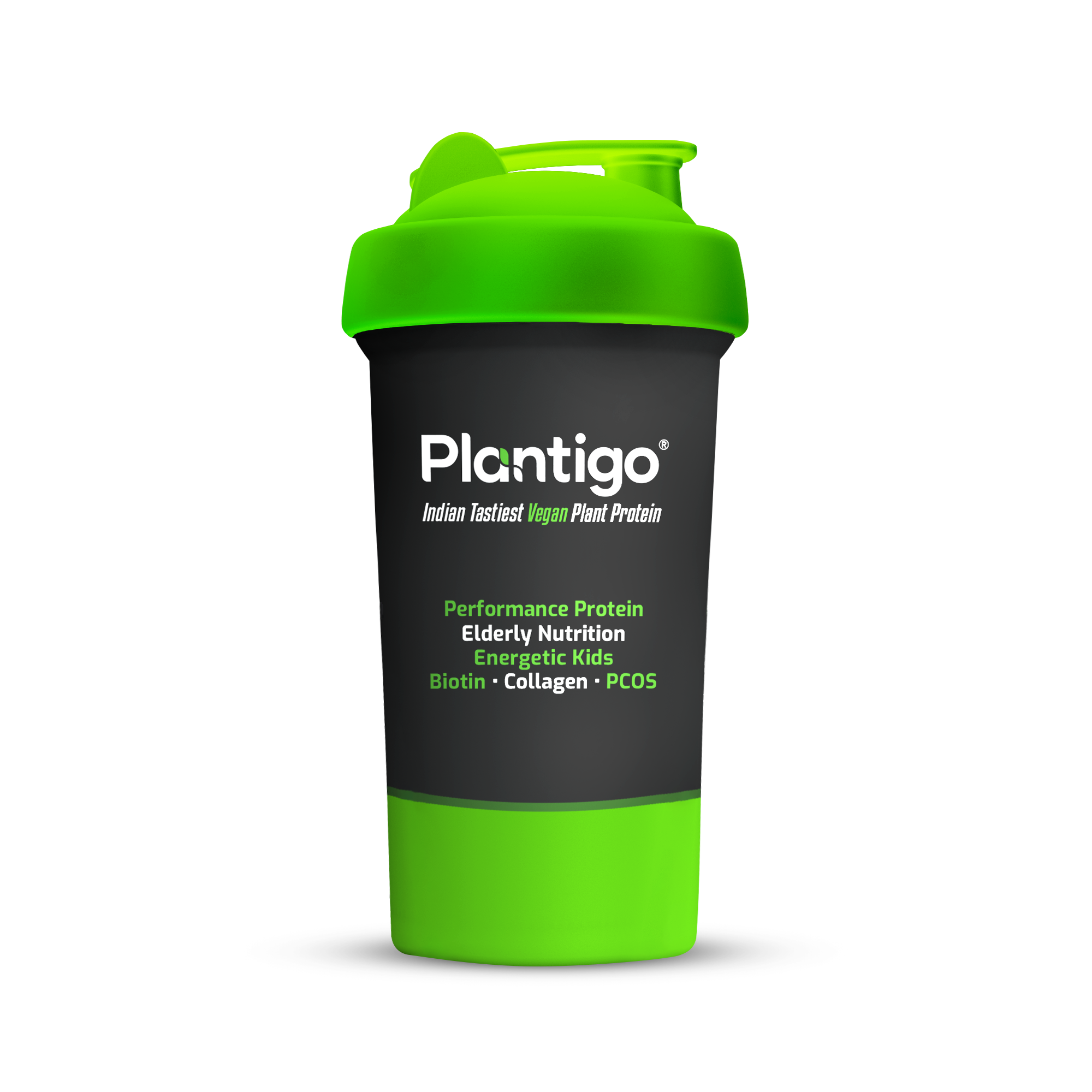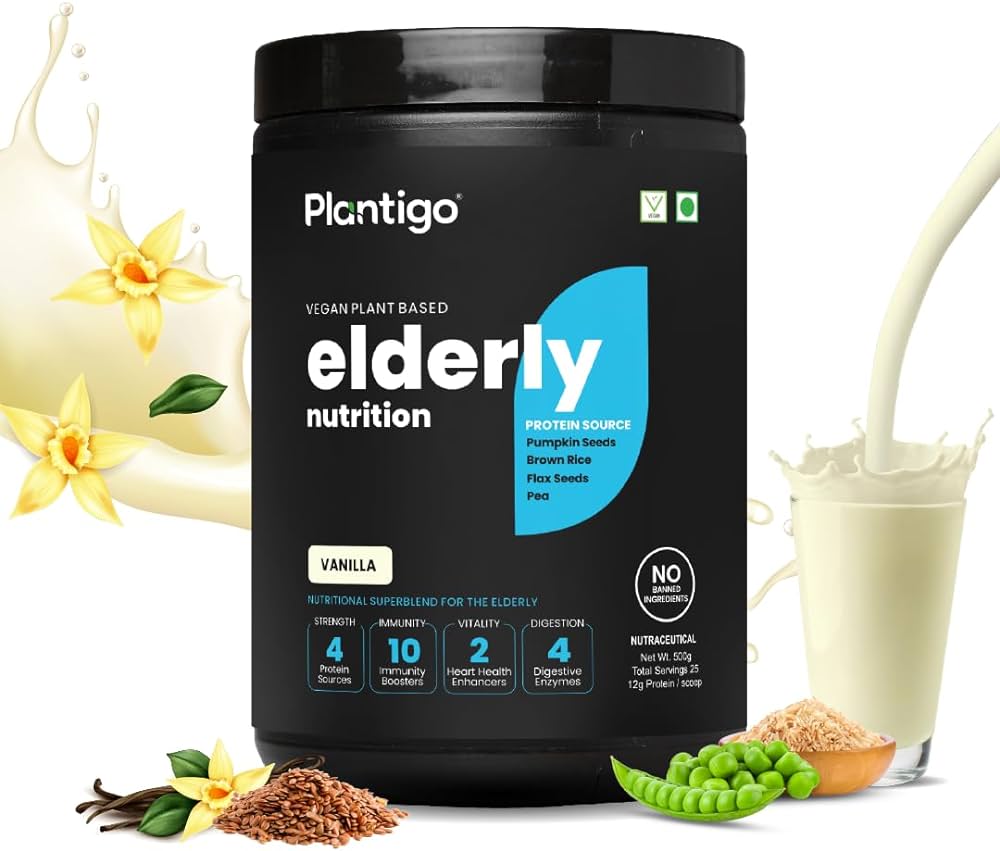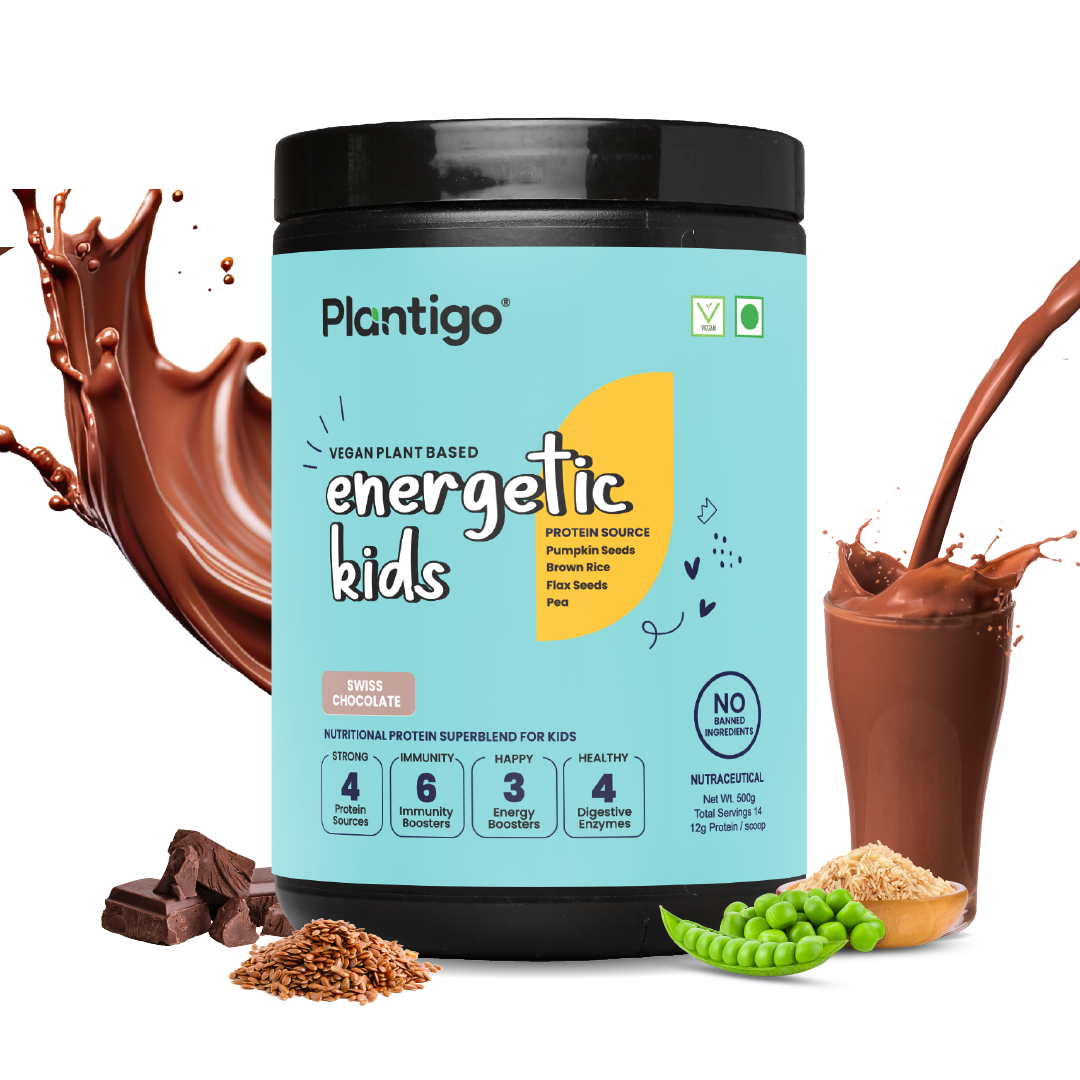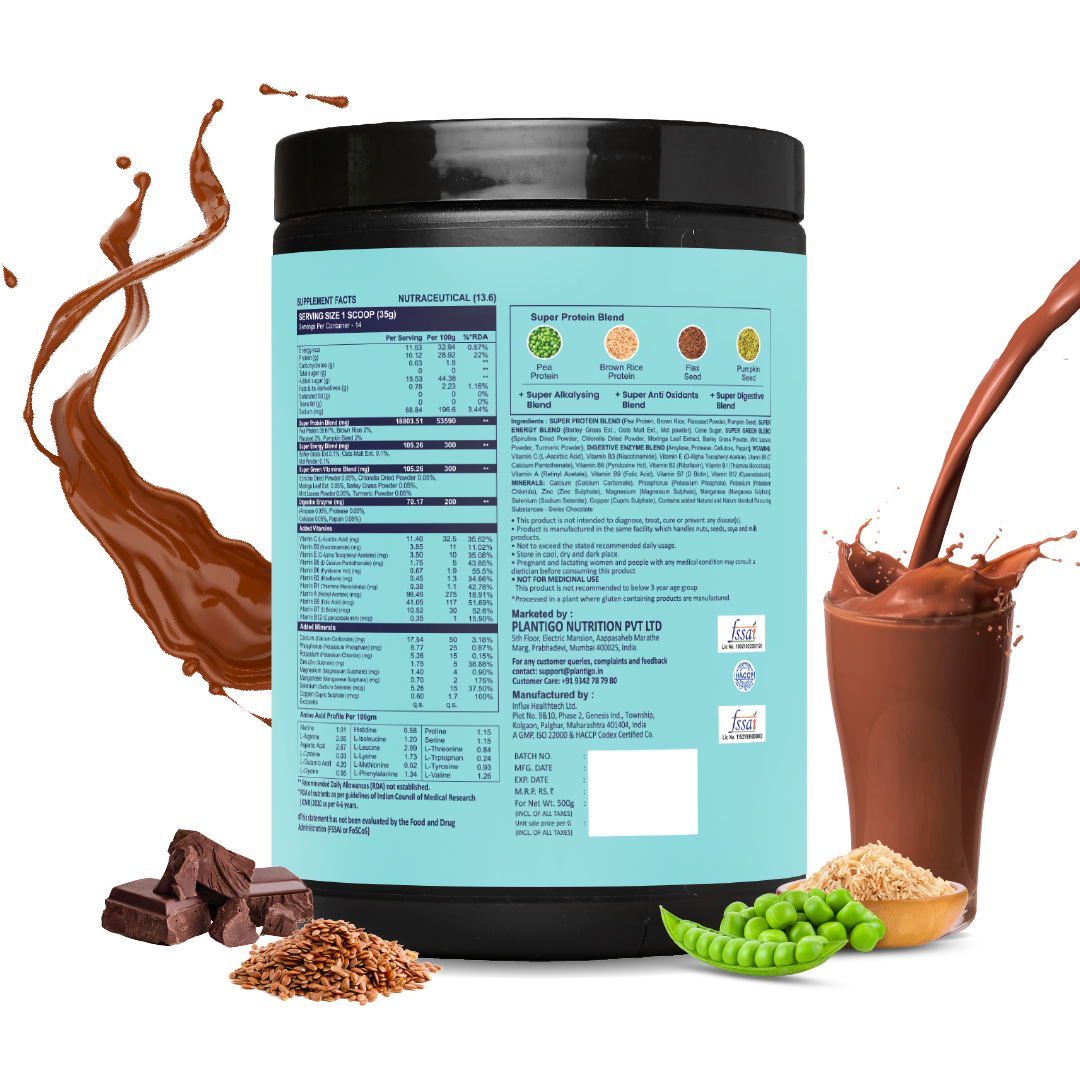Think quinoa is just another trendy grain? Think again. This ancient seed is one of the few plant foods that packs a serious nutritional punch — and it’s not just about protein. Quinoa is a complete plant protein, loaded with essential nutrients that can elevate your everyday meals from basic to supercharged.
When it comes to healthy eating, few foods strike the perfect balance of taste, texture, and nutrition like quinoa. Revered by ancient civilizations and rediscovered by modern wellness enthusiasts, this humble seed is now a superstar in the superfood world. In this article, we’ll decode the quinoa nutrition facts 100g and explore the seven key nutrients in quinoa that might just surprise you.
Whether you’re a fitness buff, a plant-based eater, or someone who simply wants to optimize their diet, understanding quinoa nutrition facts 100g will empower your food choices. So, let’s dive in.
Why You Should Care About Quinoa Nutrition Facts 100g
It’s easy to group quinoa with other “healthy grains,” but its nutritional composition surpasses many traditional staples like rice and wheat. According to a study, 100 grams of cooked quinoa provides a comprehensive mix of macronutrients—approximately 4.1g of high-quality protein, 2.8g of fiber, and essential minerals such as iron, magnesium, and zinc—all delivered with a low glycemic load and gluten-free profile.
What sets quinoa apart is its status as a complete plant protein, containing all nine essential amino acids in optimal proportions. This makes it one of the few non-animal sources to rival the protein quality of casein or eggs, making it especially valuable in vegetarian and vegan diets. Let’s now unpack the most surprising nutrients revealed by the quinoa nutrition facts 100g.
1. High in Protein Content
A 100g serving of cooked quinoa contains around 4.1g of protein, but what makes it exceptional is its quality. Unlike rice or wheat, quinoa contains all nine essential amino acids, making it a rare complete protein in the plant kingdom.
Its amino acid profile is remarkably similar to casein or egg protein. For those relying on plant based protein powder, quinoa is a great whole-food addition to reinforce your dietary protein intake.
If you’ve been relying heavily on rice or pasta, swapping them out with quinoa can significantly improve your plant protein quality.
2. Rich in Fiber
In quinoa nutrition facts 100g, you’ll find about 2.8 grams of fiber—more than brown rice or most refined grains. This fiber is a mix of soluble and insoluble types, aiding both digestive regularity and cholesterol reduction.
Pairing quinoa with dry fruits and seeds makes for a powerful fiber-rich breakfast or snack. This combination not only improves gut health but also helps keep you full longer—ideal for anyone curious about how to reduce face fat through dietary adjustments and satiety-based eating.
3. Good Source of Iron
Vegetarians and vegans are often on the lookout for iron rich Indian foods to maintain optimal hemoglobin levels. Here’s the good news: quinoa delivers 1.5 mg of iron per 100g, which is around 8% of the daily requirement for women and 19% for men.
Iron plays a crucial role in transporting oxygen in the blood and supporting metabolism. Combining quinoa with a source of vitamin C like lemon juice or bell peppers can enhance iron absorption even further—a smart trick if you're working with plant-based iron sources.
4. Packed with Magnesium
With about 64 mg of magnesium per 100g, quinoa is an excellent source of this calming mineral. Magnesium supports everything from muscle function and nerve conduction to sleep quality and blood pressure regulation.
Many people unknowingly suffer from magnesium deficiency, which can result in fatigue, cramps, or even anxiety. Including magnesium-rich foods like quinoa in your routine—especially when paired with other superfoods like chia seeds for skin and overall well-being—is a powerful wellness upgrade.
5. Loaded with Antioxidants
A lesser-known fact about quinoa nutrition facts 100g is that it contains potent antioxidants such as quercetin and kaempferol. These flavonoids have anti-inflammatory, anti-viral, and even anti-cancer properties.
Unlike many grains that undergo refining, quinoa is usually consumed in its whole form, retaining these beneficial compounds. Adding it to salads or bowls can boost your antioxidant intake without needing exotic berries or expensive supplements.
And remember, antioxidants work synergistically with vitamin C, so combine your quinoa dishes with citrus or greens for a nutritional punch.
6. Contains B Vitamins
A cup of cooked quinoa provides small yet meaningful amounts of various B-vitamins like B1, B2, B6, and folate. These are crucial for converting food into energy, supporting brain function, and aiding in the production of red blood cells.
For individuals using a protein intake calculator, it’s essential to consider not just the grams of protein but also the cofactors (like B-vitamins) that support its utilization in the body. Quinoa fits beautifully into this holistic view of nutrition.
7. Low Glycemic and Healthy Fats
Quinoa contains a small yet valuable amount of heart-healthy fats—about 1.9g per 100g, including alpha-linolenic acid (a type of omega-3). But what makes it especially intriguing for weight watchers and diabetics is its low glycemic index.
Unlike white rice or refined grains, quinoa doesn’t spike your blood sugar rapidly. This makes it a perfect base for those looking to stabilize energy levels or reduce cravings. It also works harmoniously alongside other smart-carb choices like 100 gm oats protein, giving you an all-day energy boost without the crash.
Comparative Snapshot: How Does Quinoa Stack Up?
Let’s put quinoa in perspective by comparing it to some common Indian staples:
|
Nutrient |
Quinoa (100g) |
Oats (100g) |
Chapati (1 piece) |
|
Protein |
4.1g |
~13g |
~3g |
|
Fiber |
2.8g |
~10g |
~2g |
|
Iron |
1.5mg |
4.3mg |
~0.7mg |
|
Calories |
120 kcal |
~389 kcal |
~70–80 kcal |
Clearly, quinoa offers a unique balance. While 100 gm oats protein is higher, oats are more calorie-dense. A single chapati calories may be low, but quinoa provides more nutrition per bite. For anyone seeking a balance of low-calorie and high-nutrient options, quinoa fits the bill.
Incorporating Quinoa into Indian Meals
Now that you're equipped with the knowledge of quinoa nutrition facts 100g, the next question is: how do you use it? Here are some delicious Indian-friendly ideas:

-
Quinoa Pulao with vegetables, cumin, and peas.
-
Quinoa Khichdi using moong dal and a dash of turmeric.
-
A breakfast quinoa upma with mustard seeds and curry leaves.
-
Quinoa salad with chopped cucumbers, tomatoes, lemon juice, and coriander.
These options not only cater to Indian taste preferences but also integrate seamlessly with iron rich Indian foods, boosting both flavor and nutrient density.
The Ideal Pairings: Quinoa and More
Quinoa works beautifully when paired with complementary foods. For example:
-
Mix it with dry fruits like almonds and walnuts for a crunchy snack.
-
Combine it with pea protein powder in smoothies or breakfast bowls for an additional protein kick.
-
Serve it alongside veggies rich in vitamin C to boost iron absorption.
-
Add chia seeds for skin benefits and texture enhancement.
Such combinations help you create meals that are not only delicious but deeply nourishing.
Conclusion
So there you have it – a complete breakdown of quinoa nutrition facts 100g, highlighting seven powerhouse nutrients that often go unnoticed. It’s not just a trendy grain; quinoa is a nutritional overachiever—rich in protein, fiber, essential minerals, antioxidants, and low-GI carbohydrates.
It supports weight management goals (yes, even for those exploring how to reduce face fat) and pairs beautifully with other clean, health-forward ingredients. Whether you’re vegan, gluten-free, or just health-curious, quinoa fits effortlessly into your plate and your lifestyle.
When combined with other whole foods like lentils, leafy greens, and Plantigo’s clean plant protein, you’re not just eating well — you’re building a foundation for long-term wellness, one delicious meal at a time.
Next time you plan your grocery run or prep your meals, let the simple yet powerful quinoa nutrition facts 100g be your guide. Your body — and your future self — will thank you.
Frequently Asked Questions
1. How much protein is in 100g of quinoa?
A 100g serving of cooked quinoa contains approximately 4.1 grams of complete protein, including all nine essential amino acids — making it one of the few plant-based sources of complete protein.
2. Is quinoa better than rice for weight loss?
Yes, quinoa has a lower glycemic index and more fiber and protein than white rice, which can help you feel fuller for longer and support weight management goals.
3. Does quinoa help reduce face fat?
While no food targets face fat specifically, quinoa’s high protein and fiber content helps regulate appetite and blood sugar, contributing to overall fat loss, which may include facial fat over time.
4. Can quinoa be eaten daily?
Absolutely. Quinoa is safe and beneficial to eat daily. It’s gluten-free, nutrient-rich, and pairs well with other iron rich Indian foods, vegetables, and healthy fats.
5. What are the main nutrients in quinoa 100g?
According to quinoa nutrition facts 100g, the key nutrients include:
-
Protein (4.1g)
-
Fiber (2.8g)
-
Iron (1.5mg)
-
Magnesium (64mg)
-
Antioxidants
-
B vitamins
-
Healthy fats (1.9g)

